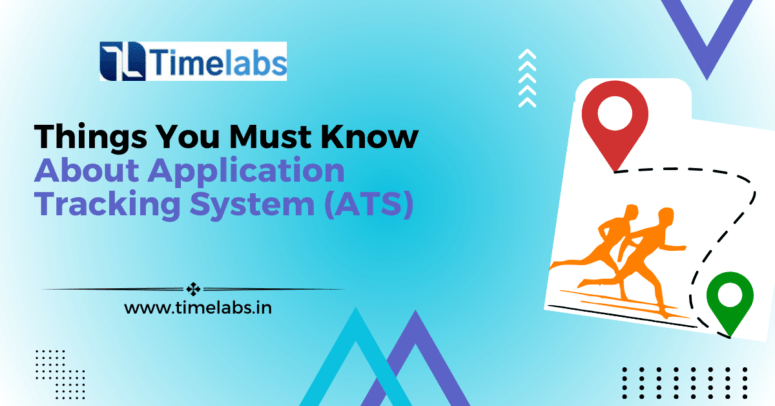You put in hours refining your CV to make sure it presents your experience and abilities in the best possible way. After all, your CV is your most valuable tool when looking for a job.
Even for positions you know you’re qualified for, you’re still not receiving enough interviews despite all of your hard work. Why not?
You may be surprised to learn that, once you submit it, a computer receives your resume rather than a human.
You can pretty much guarantee that your CV will never be seen by an actual human!
This is because an increasing number of companies are screening resumes through applicant tracking systems (ATS).
What is an ATS?
Both companies and job seekers may find the hiring process to be a long and annoying procedure. An Applicant Tracking System (ATS) is a software used by employers to streamline the recruitment process. It’s a software program made to look for specific keywords in resumes and filter out those that don’t fit for the job description.How applicant tracking systems work?
Applicant Tracking Systems (ATS) are designed to manage the entire recruitment workflow, from posting job openings to selecting and hiring candidates. Here’s an overview of how Applicant Tracking Systems work:-
Job Posting
Also Read: Innovative HR Practices For A Creative Workforce
-
Resume Parsing
-
Database Management
-
Application Review and Ranking
-
Communication and Collaboration
-
Interview Management
-
Applicant Tracking
-
Compliance and Reporting
-
Integration with HR Systems
Also Read: Unlocking the Potential of AI in Human Resources: Key Considerations for Successful Implementation
-
Continuous Improvement
Some Key Features of ATS
Here are key features commonly found in applicant tracking systems:-
Candidate Assessment:
-
Integration with Career Sites:
-
Reporting and Analytics:
-
Mobile Accessibility:
-
Customization and Configurability:
-
Scalability:
Final Words
By automating and organizing various aspects of the hiring process, Applicant Tracking Systems aim to make recruitment more efficient and effective for employers and recruiters. However, it’s important to note that while ATS can be valuable tools, they are not without challenges, such as potential biases and the need for ongoing system optimization.
Facebook
Twitter
LinkedIn
Pinterest
Email



